Visiting The Amazing Taroko National Park, Taiwan

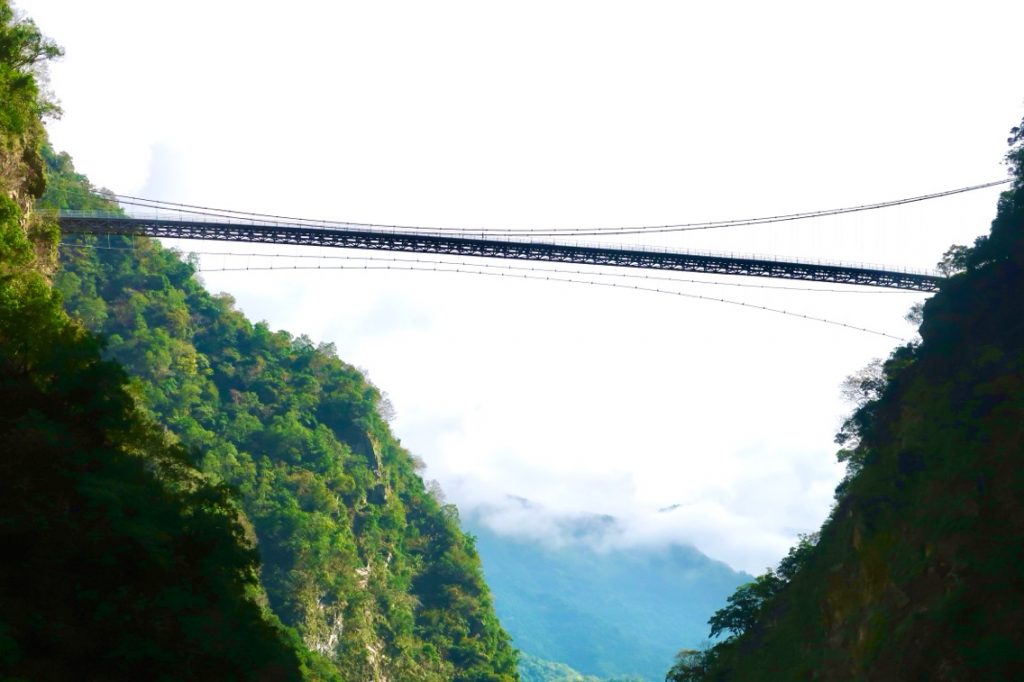





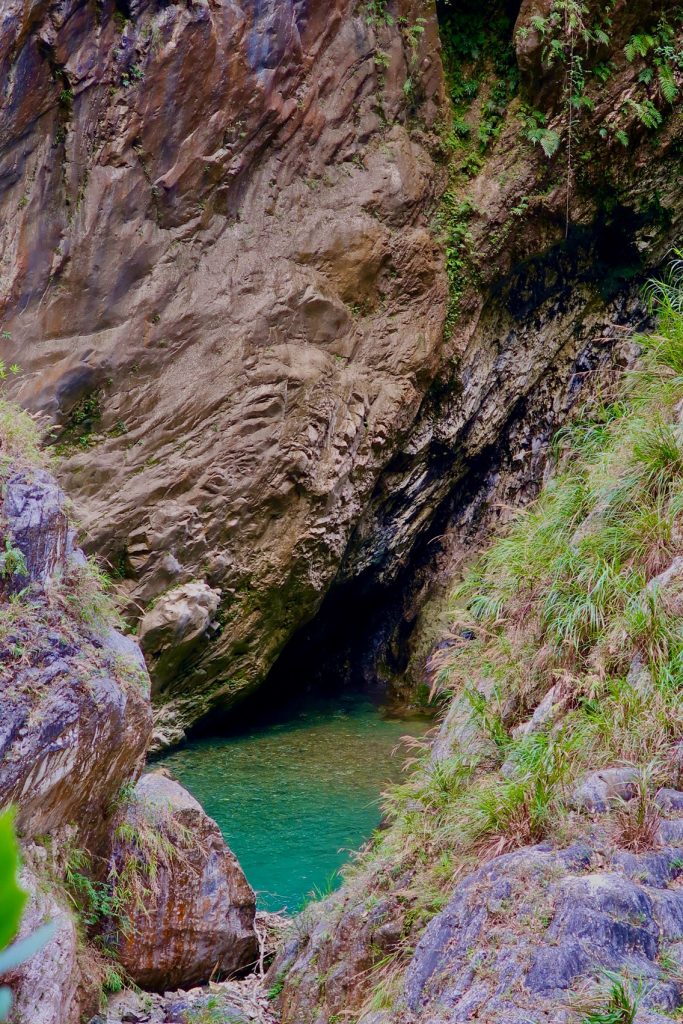



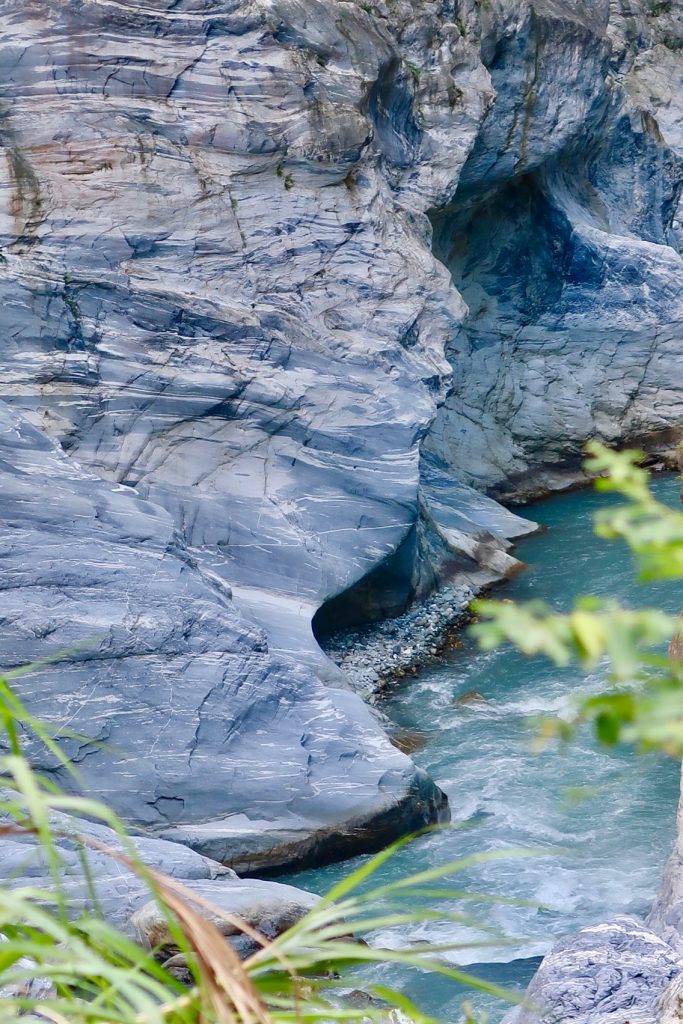

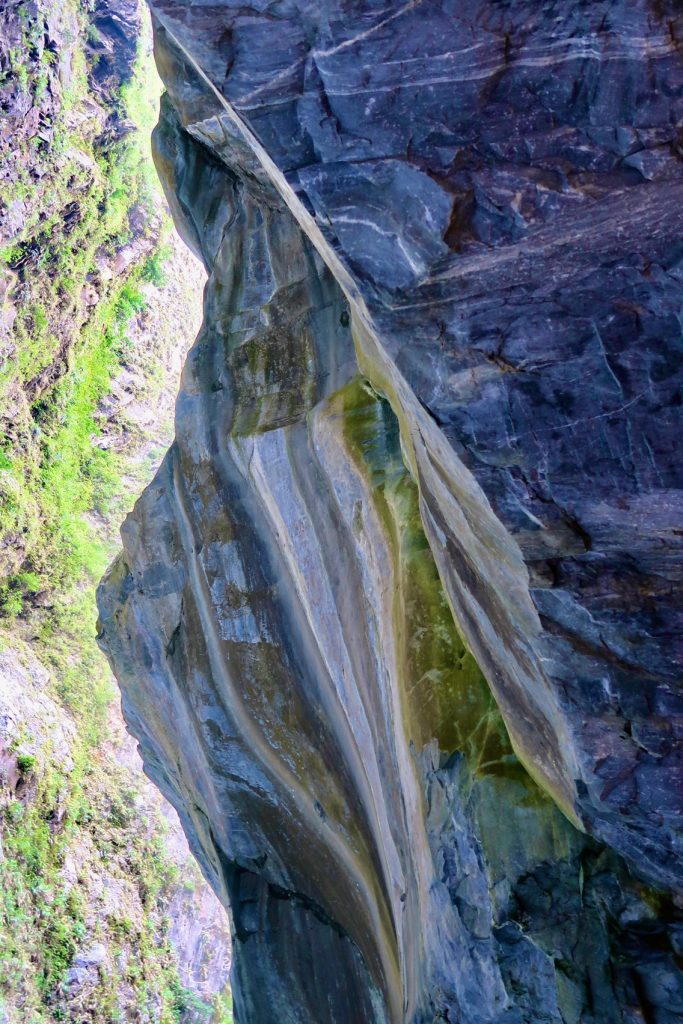

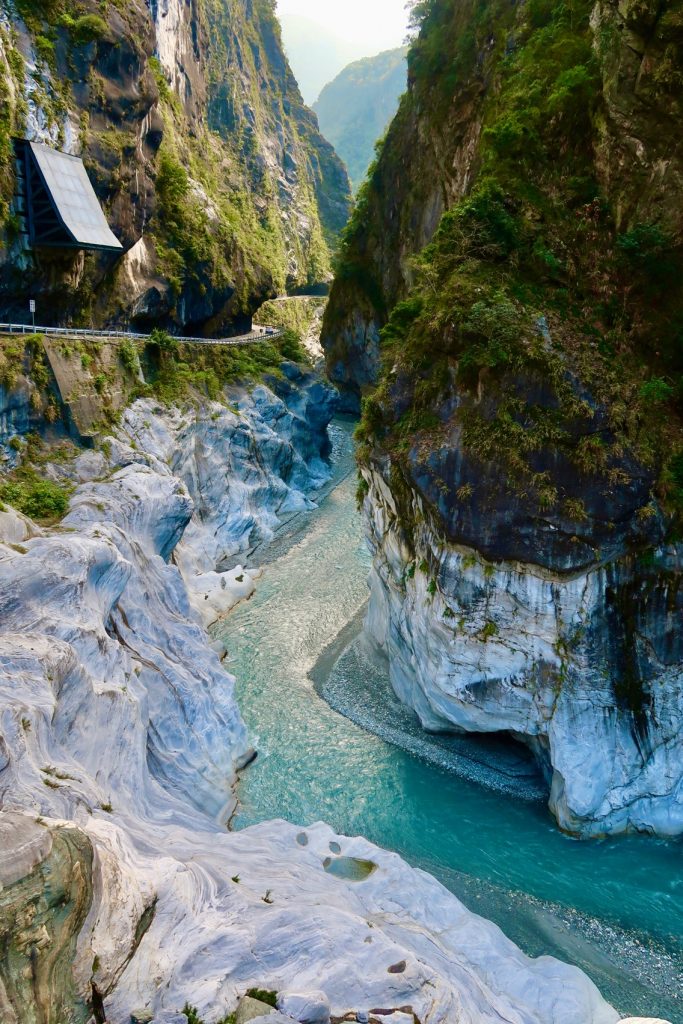





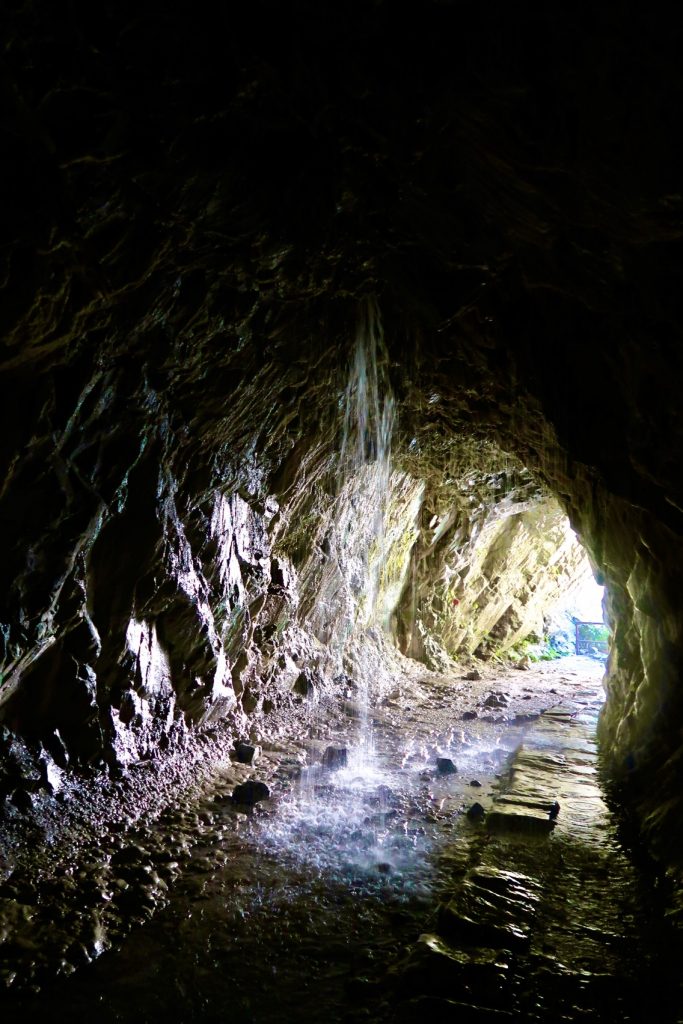




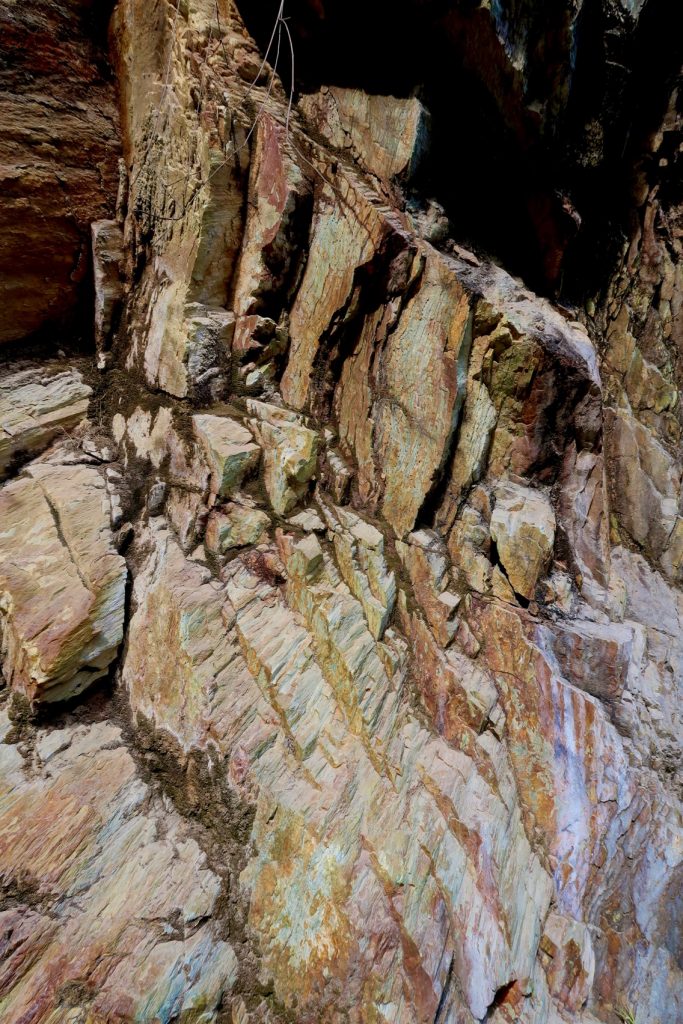




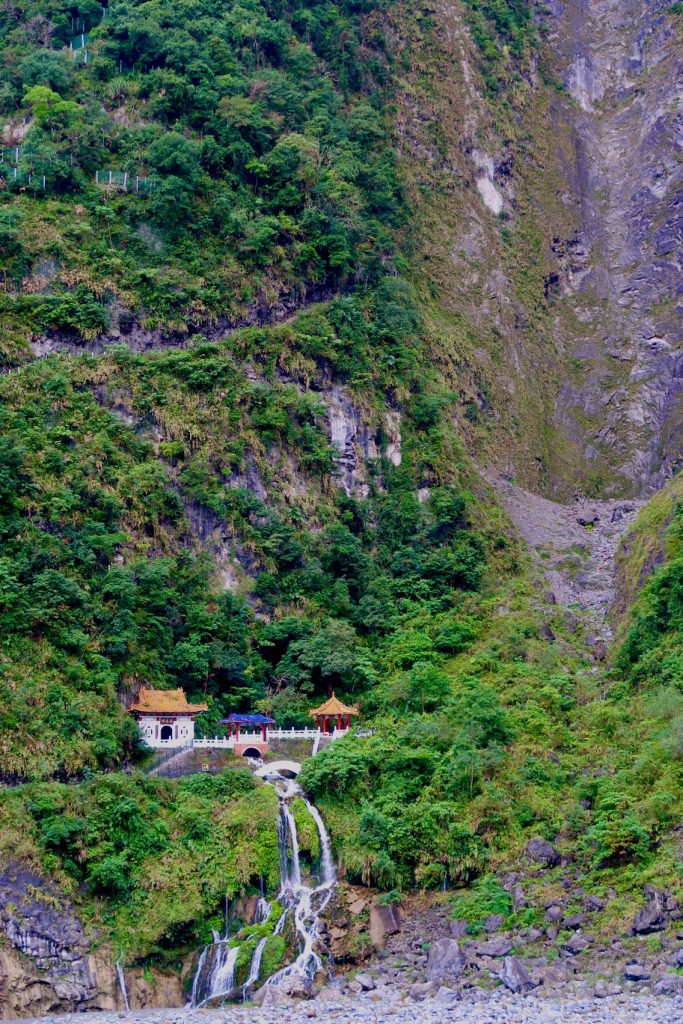


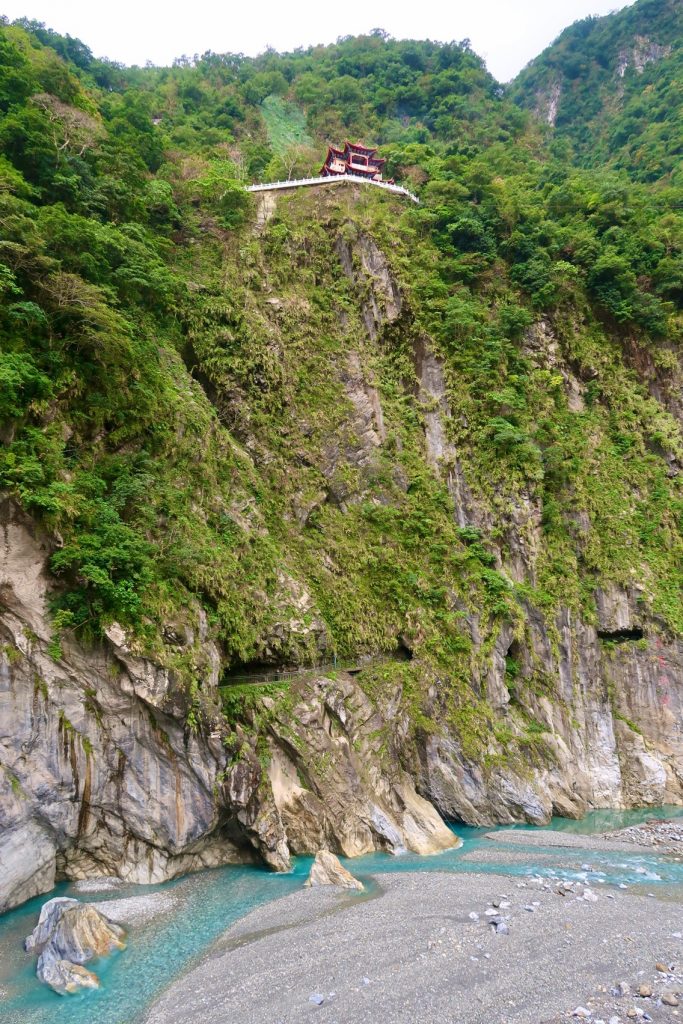





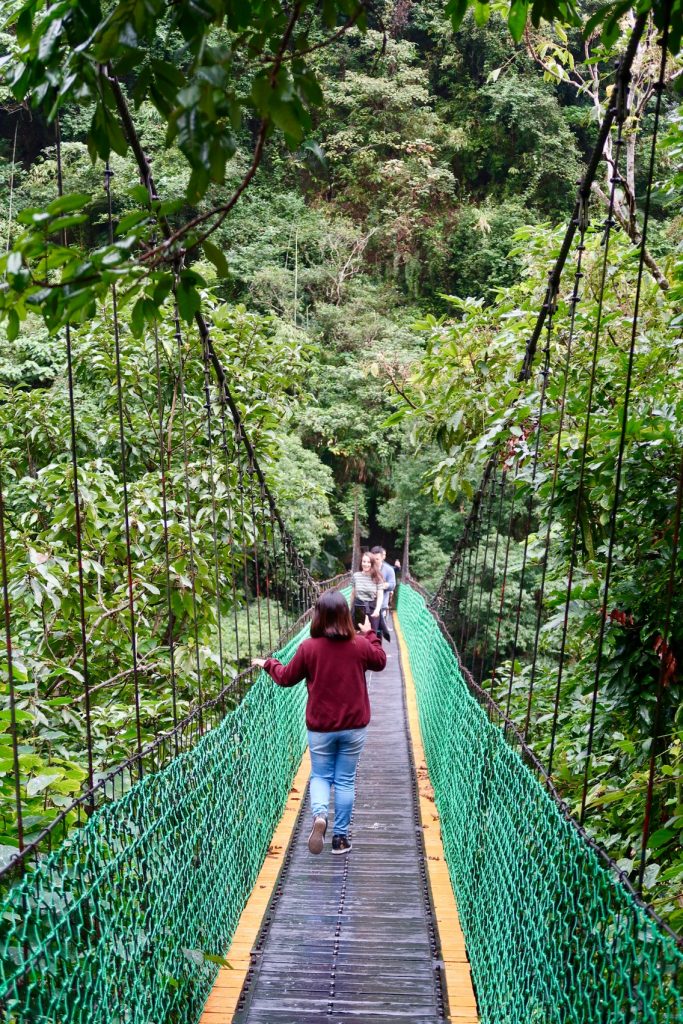



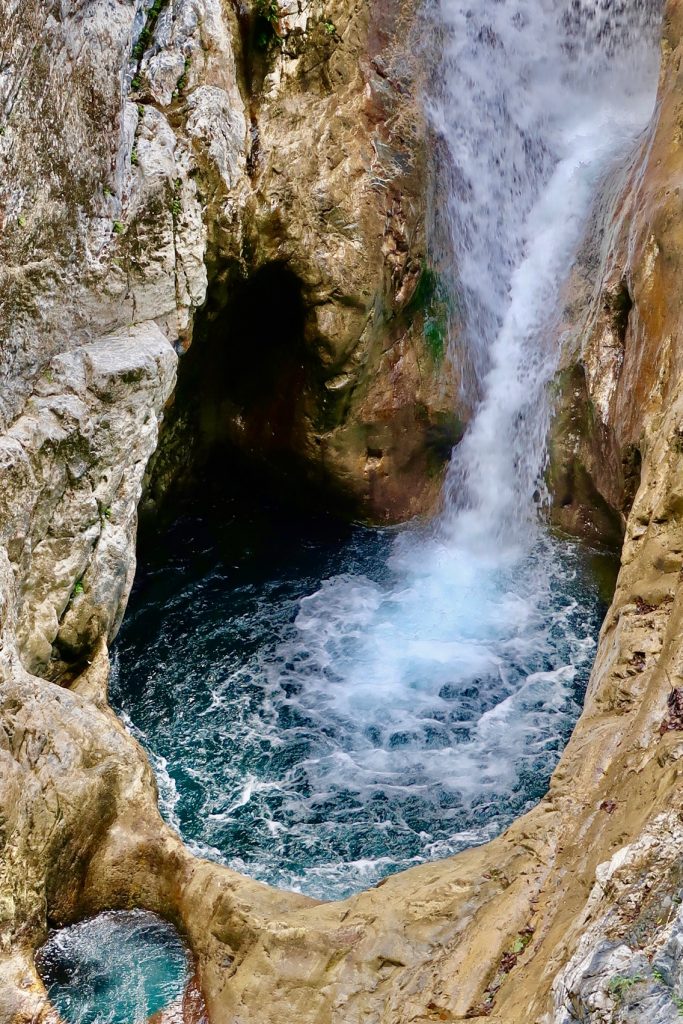







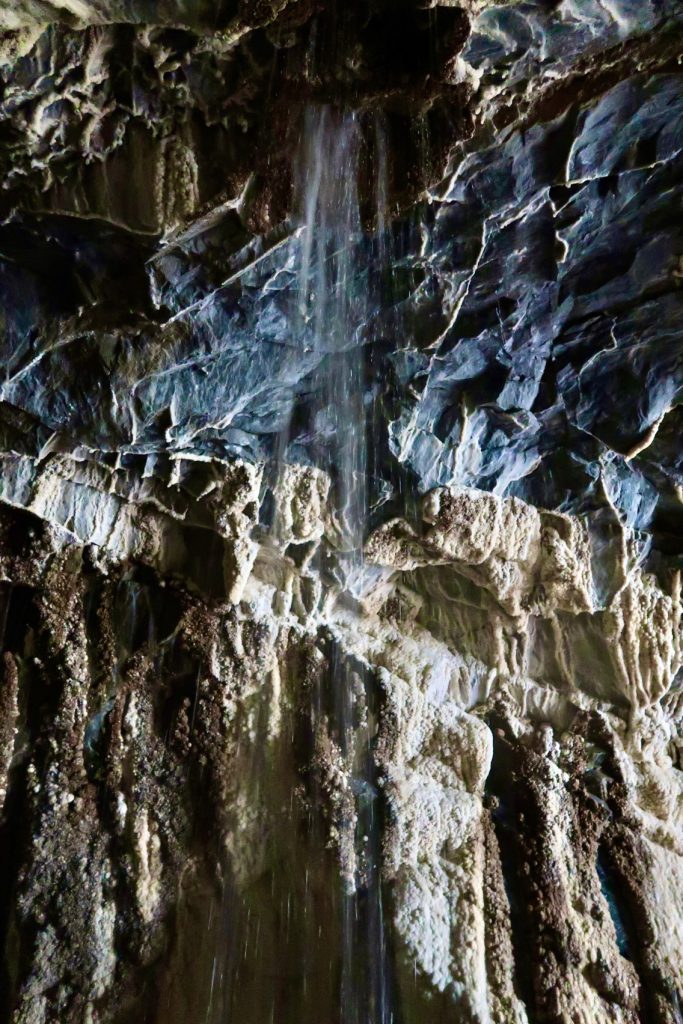


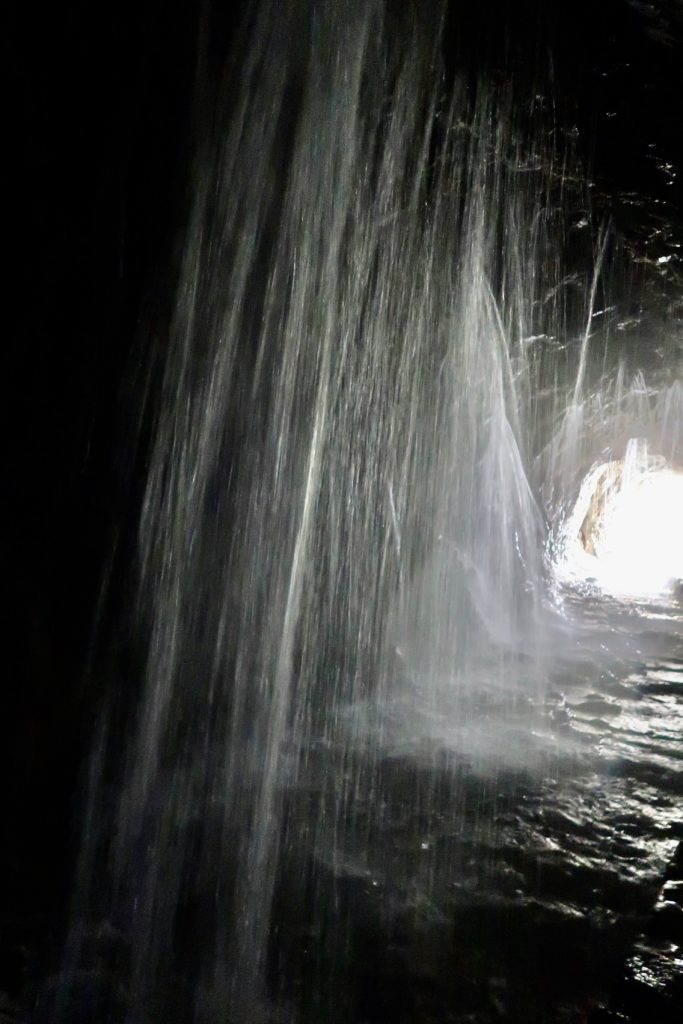



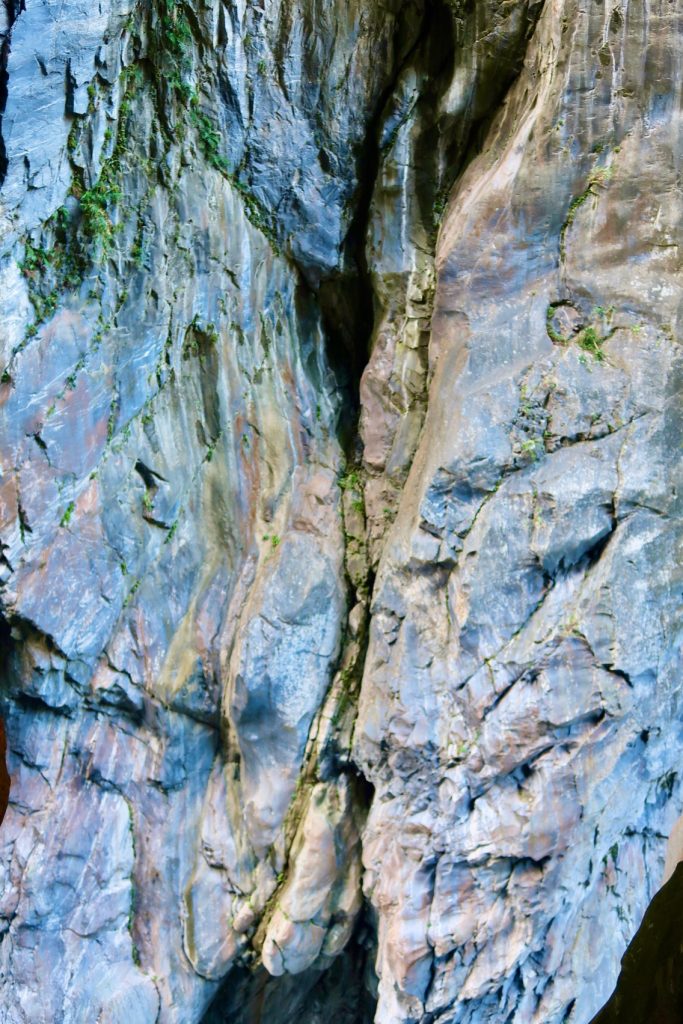





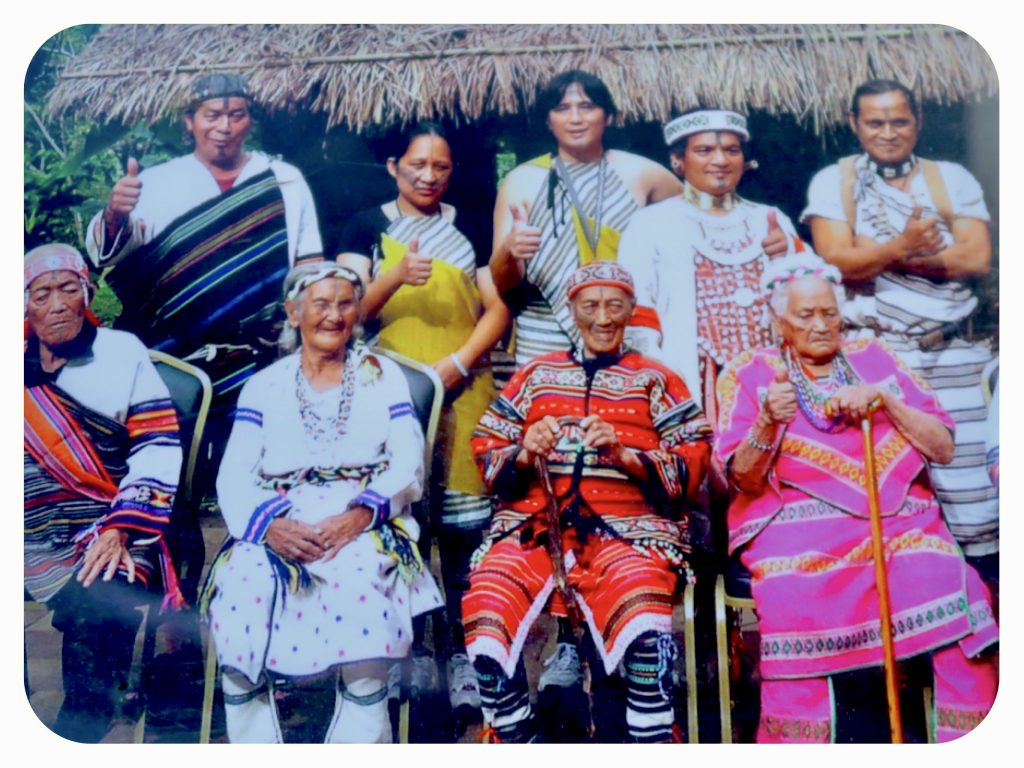
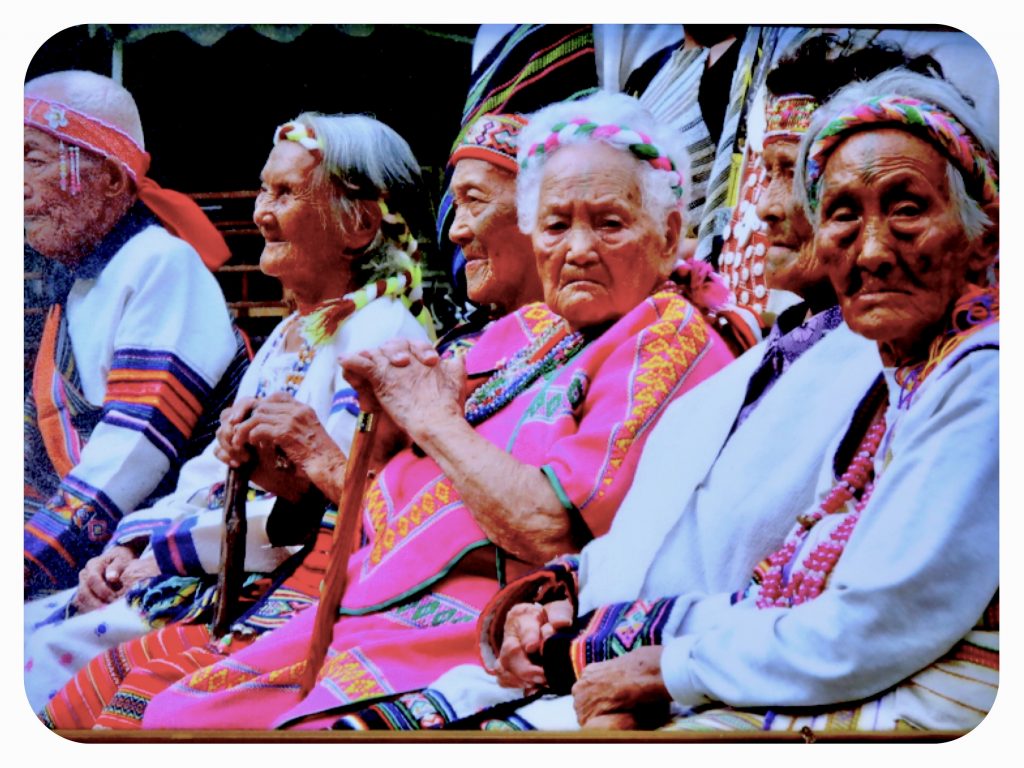
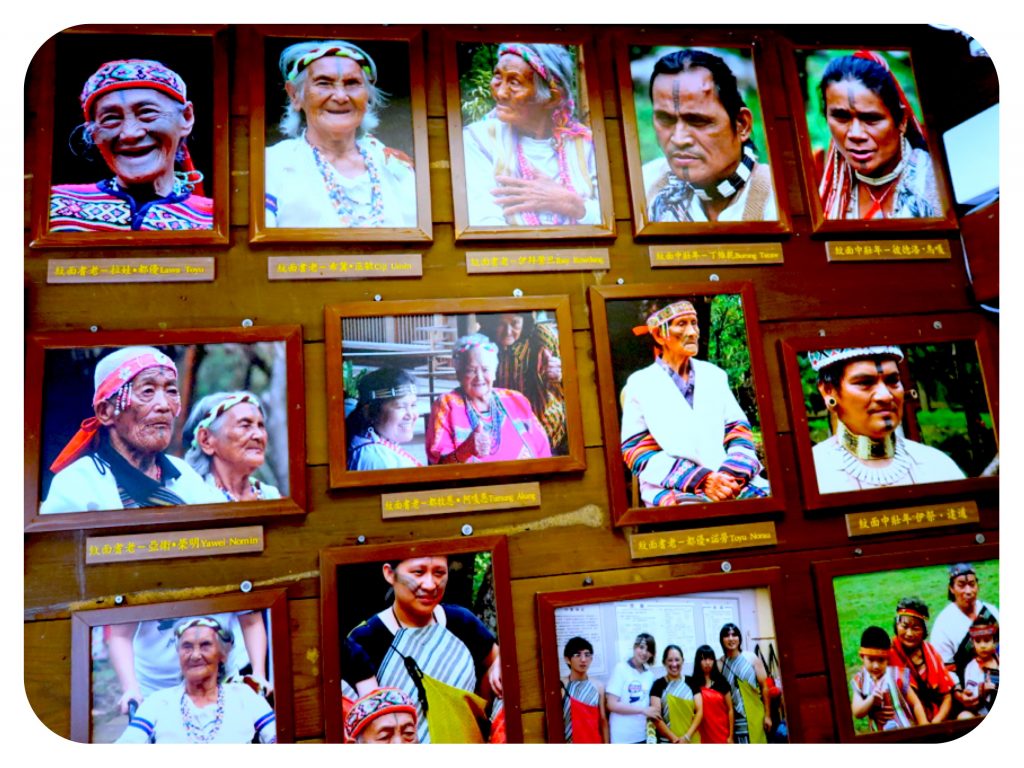



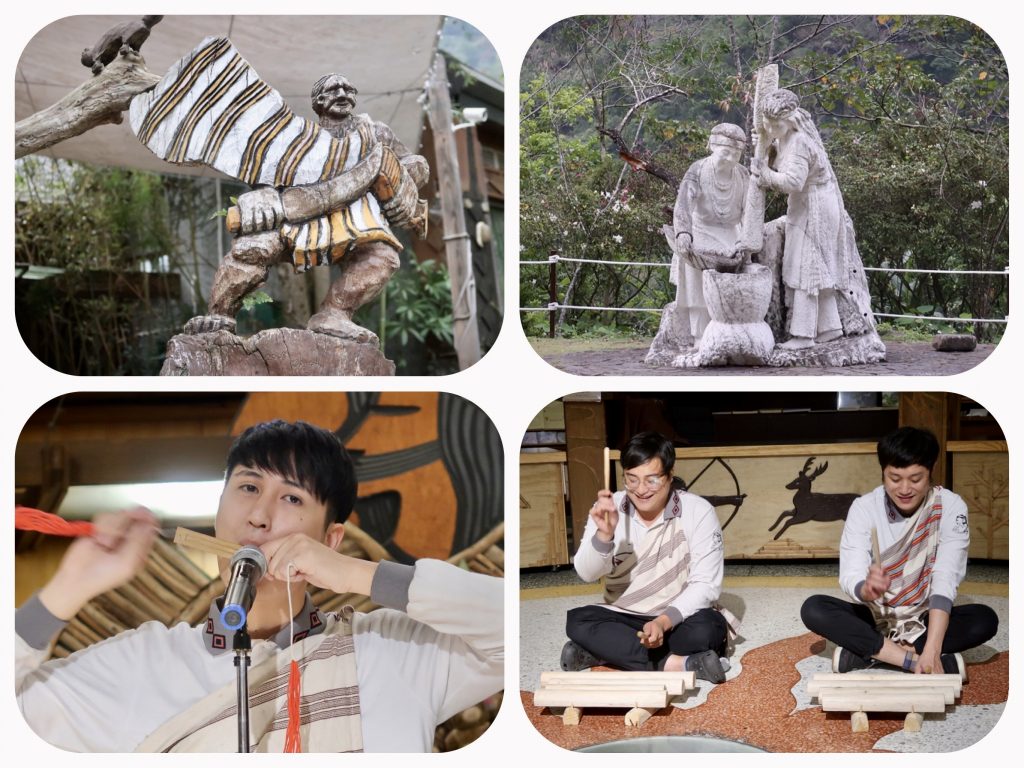

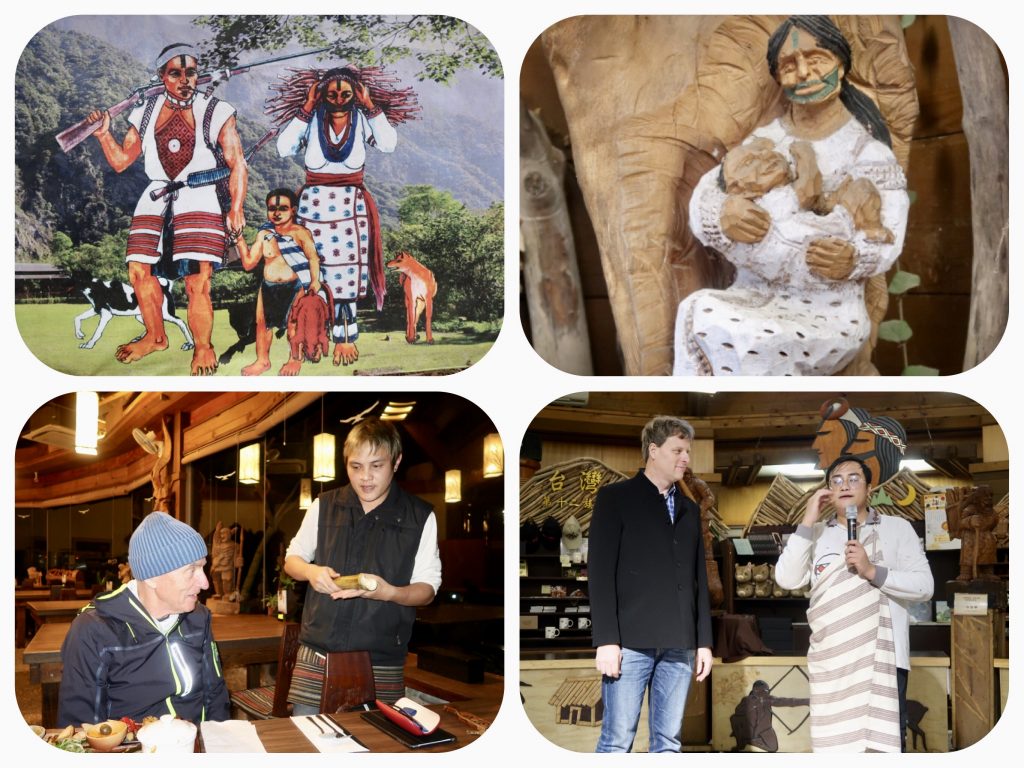



Visiting The Amazing Taroko National Park, Taiwan
Some say that Taroko National Park is the most stunning place in Taiwan.
I have not yet seen much of Taiwan, but without a doubt the Taroko National Park is jaw droppingly beautiful.
Every nook and corner offers a stunningly poetic painting, with tall mountains and rocky cliffs covered with vegetation, a wide, deep gorge, rivers and picturesque waterfalls.
We only had two days to enjoy the area.
I would recommend to anyone planning to visit and hike in this area, to allow for at least three days.
You should stay longer if you are planning to communicate with the powerful spirits of nature in this area, and gain power from your visit.
Some of the trails in the park require a prearranged permit, and luckily our friend Wendy had secured one for us.
They do this in order to limit the impact of people on the environment, allowing only a small number of people on certain trails per day.
But you can still spend two or three days and see lots of the park, even without securing a permit.
It is also advisable to check the National Park’s website, to find out what hiking trails are open or temporarily closed.
On the days we were there, some of the trails were closed due to rockslides and maintenance work.
We had booked a stay at a locally owned hotel inside the park, run by the Taroko indigenous tribe.
It was a rustic but very charming and very comfortable place.
From Taitung, we took the train to Hualien, and then the hotel’s shuttle van (which is more like a private taxi) to Taroko Park.
A most charming and lovable man named David (not his real name), checked us in.
In the time it took him to introduce us to the hotel and the property’s grounds, we learnt a lot about David.
He is a 48 year old unmarried gay man, who loves Marilyn Monroe. When he hikes on the most beautiful trails in the park, he wants to jump from the top of the mountain, not to commit suicide but to become ONE with the amazing scenery.
Most of the Taroko villagers are Christians, but David does not like the church, because the church does not like gay people.
Taiwan was the first Asian country to legalize gay marriages, but it is still not easy to be gay in a remote rural village, where everyone’s eyes are on what he does and who is walking by his side.
It would be easier for him to be gay in Taipei, but he does not like the quality of the air in Taipei.
Hualien is his hometown and he wants to live in the mountains.
His parents past away so he has a house and some money.
If he could, he would stay home and work in his garden.
He likes meeting people in his work as a guest liaison, but he does not like to get too close to the guests, because he feels terribly sad when they check out and leave him behind.
We LOVED David.
He is SO VERY charming, and we tried our best to reassure him that he should be happy and proud of being gay, as it is totally normal and very natural.
Every night after dinner, the hotel’s staff performs a program of local dances and songs, showing some of the traditional Taroko Village culture to the guests.
The dances and songs were charming, and I was surprised to see that most of the staff were charming gay men.
The second evening after we arrived, the entire hotel staff celebrated the end of the year party, with food, drinks and dances.
Many of the men were in dresses or in drag.
So much for David’s feeling that he is “The only gay in the village.”
The last sentence is a reference to the hilariously funny TV show, “Little Britain.”
In one of their sketches, a very flamboyant gay man is convinced that he is the only gay man in the village, despite the fact that every other man in the village, from the burly car mechanic to the mayor, is gay.
The entertainment was lots of fun, despite the fact that there were only three guests in the audience, me, Jules and a Swedish man who was there with his Taiwanese girlfriend, who did not attend the evening’s entertainment.
After the traditional songs, everyone on the staff, even the tired cook, came on stage to sing us a song.
It was charming in an amateurish way.
The man who hosted the evening, was super charming, and after every sentence he spoke, he added the word: “YES!,” emphasizing the YES with a relish.
He would say: “Everyone in the Taroko tribe used to have a face Tattoo, YES!!!!! Men and women had face tattoos, YES!!!!!
A young man could only be worthy of a tattoo, if he was a good hunter and cut off the head of an enemy. YES!!!!!
Many heads were cut. YES!!!!!
A tattoo on a woman meant she was a beautiful woman. YES!!!!!
The men had face tattoos on the forehead and chin, and the women from ear to ear across the mouth. YES!!!!!
Nowadays, not many young people get face tattoos. YES!!!!!”
Then they took us on a night nature walk around the bamboo forest.
We were introduced to the “Shy Tree.”
They call it the shy tree because the branches and the leaves shiver when you gently touch the bark, even though there was no wind at all.
Before they took us outside in the dark to go on a night stroll to see owls and other nocturnal creatures, they asked if any one of us wished to sing for them.
Jules and I can’t sing to save our lives, but the tall Swedish man got up and sang a sweet love song, about picking flowers for a lover named Maria Terese.
Jules asked me why I thought that in such a small village, so many young men were gay.
The only guess I could come up with is that maybe because in past generations the men were so macho, even cutting off human heads to prove “their manhood,” that they reincarnated as gay men to learn to be sensitive, develop their feminine side, and learn to be more nourishing and soft.
But who can really tell....
We ate our dinners in the hotel.
They included the traditional “Bamboo Rice,” which is sticky rice cooked inside a short bamboo stick.
To open the bamboo, they pounded the bamboo on a marble slab, until it split in half.
We were also served millet rice wine in a small cup shaped like a wild boar.
You drink the wine from the boar’s mouth.
We were also served a small salad of seaweed, cooked greens, soup made from day lily flowers, roasted pumpkin, big mushrooms and sweet banana rice.
To begin our visit to the Taroko National Park, we went to the Information Center that has a display of traditional tribal weaving, photos of the older tribal members with face tattoos, and displays of the local houses and crafts.
You can visit the well marked locations in the park either by renting a car, using the hourly bus, or by taxi.
We opted for a taxi, who took us to our hiking trails and to many of the sights.
We were amazed at the beauty of the area.
Nature wore her most beautiful dress in this park, and the Taiwanese government has done a great job of keeping the area clean and natural, while still allowing many buses of tourists to visit the park daily.
There are some exciting walks and hikes in the park.
One of our favorites was taking off our shoes and wearing rain ponchos, given to us by a group of Koreans who had just finished the walk, and walking barefoot in the cold water into a dark wet cave, where the water created a “waterfall curtain.”
Our taxi driver was most kind and caring.
He gave us his flashlight to enter some really dark caves, and waited for us patiently, even though we took so long, taking thousands of photos and hiking so slowly, to enjoy those amazing trails.
We crossed suspended bridges over rivers, entered many tunnels and caves, saw temple shrines tucked away on tall cliffs, and had a fabulous time.
To be continued.....